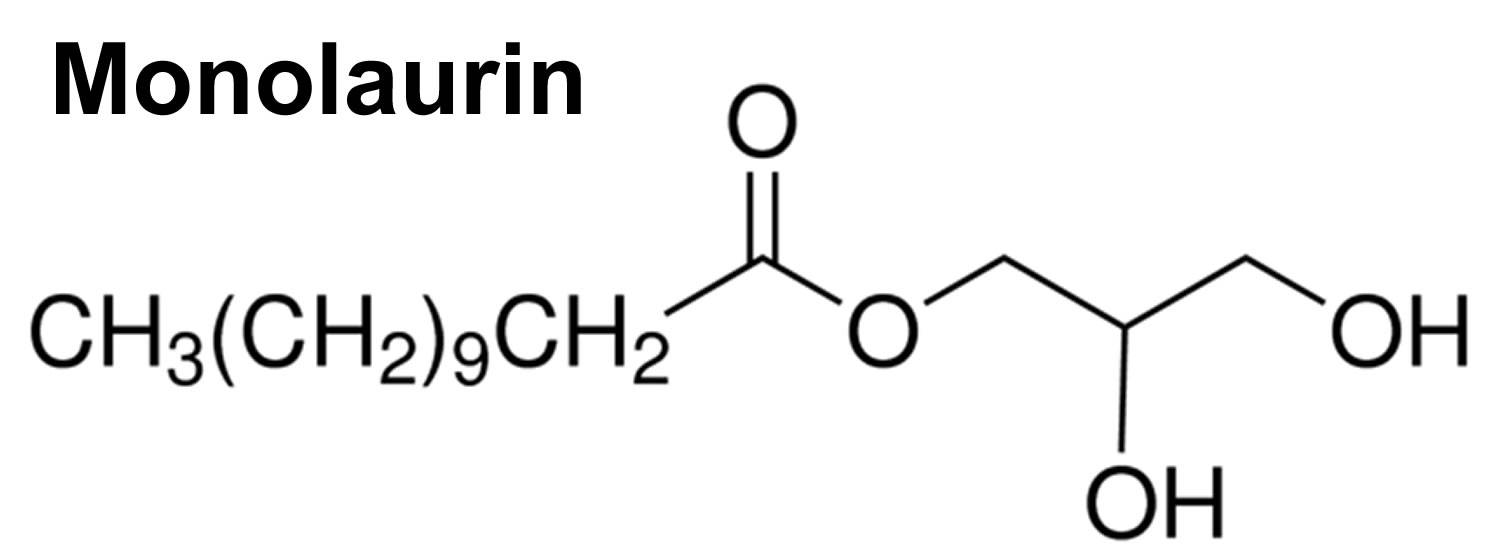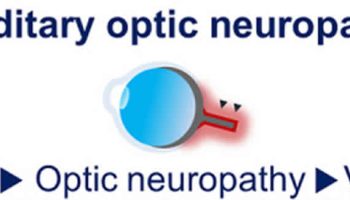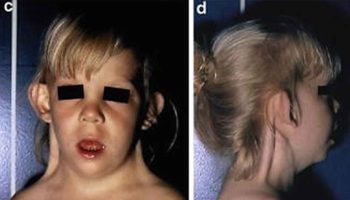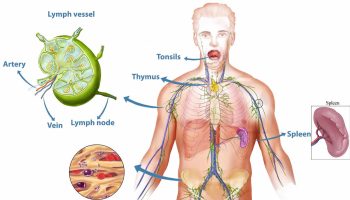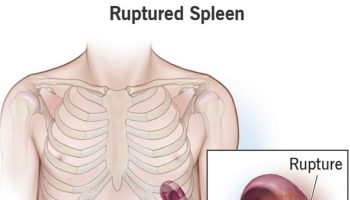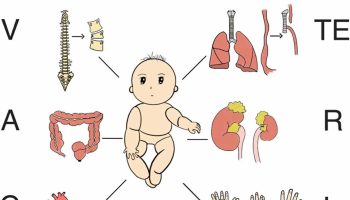What is monolaurin
Monolaurin, also known as glycerol monolaurate or 1-lauroyl-glycerol, is a monoester formed from lauric acid and glycerol 1. Monolaurin (glycerol monolaurate) is a monoglyceride derived from lauric acid. Coconut oil contains lauric acid with relative percentage of methyl laurate of 52% 2. Lauric acid as white solid could be synthesized through base hydrolysis of methyl laurate with 84% of yield. The other product that can be derived from coconut oil is monoacylglycerol of medium chain fatty acid such as 2-monolaurin 3, 1-monokaprin 4 and 1-monomiristin 5.
Monolaurin (glycerol monolaurate) displays antimicrobial activity by disintegrating the lipid membrane of lipid-coated bacteria including Propionibacterium acnes, Staphylococcus aureus, and Staphylococcus epidermidis 6 and Clostridium difficile 7. Coconut oil in concentrations of 5% to 40% (w/w) exhibited bactericidal activity against Pseudomonas aeruginosa, Escherichia coli, Proteus vulgaris, and Bacillus subtilis 8. Cellular studies have also shown that monolaurin exhibits antiviral and antifungal activity 9.
Monolaurin (glycerol monolaurate) has also been recognized as a broad-spectrum antibacterial agent, particularly against gram-positive pathogens, including gram-positive cocci, Bacillus anthracis, and clostridia by interfering with surface signal transduction systems 10. Monolaurin has been proven to be effective against both susceptible and resistant strains of Staphylococcus aureus 11. Monolaurin (glycerol monolaurate) is generally recognized as safe for human use by Food and Drug Administration 12 and monolaurin (glycerol monolaurate) is commonly used as an emulsifier and preservative in the deodorants, lotions, cosmetics and food industries 13. Monolaurin (glycerol monolaurate) inhibits gram-positive exotoxin production and removes pre-formed Staphylococcus aureus biofilms at sub-growth-inhibitory concentrations 14. Additionally, monolaurin (glycerol monolaurate) has been documented to have anti-inflammatory activity in tissue culture and in vivo at host mucosal surfaces, which reduces infection establishment by gram-positive bacteria and enveloped viruses, including simian immunodeficiency virus, without altering the normal microflora 15. Combined, these properties make monolaurin (glycerol monolaurate) a potential candidate as a safe tropical microbicide. 5% monolaurin (glycerol monolaurate) gel is useful as a potent topical antibacterial agent for prevention of infections 13.
Unlike most antibiotics that have single targets for antibacterial activity, monolaurin (glycerol monolaurate) appears to target nonspecifically many signal transduction systems present at bacterial surface through interactions with plasma membranes 10. The main disadvantage of monolaurin is poor solubility in water, which may cause problems with its administration via different routes 1. One of the strategies to resolve the problem of poor solubility in water is by using nanocarriers, such as lipid nanocapsules 16.
A small pilot study 17 investigated the effects of monolaurin (glycerol monolaurate) gel on the vaginal microflora in 36 women with vulvovaginal candidiasis and/or bacterial vaginosis organisms. In blinded fashion, the researchers evaluated gels containing 0%, 0.5% (5,000 μg/ml), or 5% (50,000 μg/ml) monolaurin (glycerol monolaurate) for effects on Lactobacillus, Candida, and Gardnerella vaginalis over 2 days; both of the monolaurin [0.5% (5,000 μg/ml), or 5% (50,000 μg/ml)] concentrations are in excess of the in vitro concentrations necessary to exert microbicidal activity against Candida and Gardnerella vaginalis. When the Lactobacillus levels in the women were monitored, the researchers observed that neither the 0.5% nor the 5% monolaurin (glycerol monolaurate) gels reduced Lactobacillus counts or altered vaginal pH; in three instances, Lactobacillus counts increased dramatically. In contrast, monolaurin (glycerol monolaurate) inhibited the growth of Candida, in many cases below the limit of detection. When the data from both the 0.5% and the 5% monolaurin (glycerol monolaurate) treatment groups were analyzed together, the reduction in Candida counts was found to be highly significant compared to the level for the control group. Both control and monolaurin (glycerol monolaurate) gels inhibited the growth of Gardnerella vaginalis. It is important to note that this is a small pilot study of monolaurin (glycerol monolaurate) effects on vaginal microflora. Clinical studies are required to confirm and extend these findings, particularly to assess the effectiveness of monolaurin (glycerol monolaurate) gel in treating vaginal infections 17.
What is monolaurin used for
Monolaurin (glycerol monolaurate) has antibacterial, antiviral, and other antimicrobial effects in test tube studies, but its clinical usefulness has not been established. Monolaurin (glycerol monolaurate) is generally recognized as safe for human use by Food and Drug Administration 12 and monolaurin (glycerol monolaurate) is commonly used as an emulsifier and preservative in the deodorants, lotions, cosmetics and food industries 13.
Monolaurin side effects
No research data are available.
- Umerska A, Cassisa V, Bastiat G, et al. Synergistic interactions between antimicrobial peptides derived from plectasin and lipid nanocapsules containing monolaurin as a cosurfactant against Staphylococcus aureus. Int J Nanomedicine. 2017;12:5687-5699. Published 2017 Aug 8. doi:10.2147/IJN.S139625 https://www.ncbi.nlm.nih.gov/pmc/articles/PMC5557623/[↩][↩]
- Nitbani, F.O.; Jumina, Siswanta, D.; Sholikhah, E.N.;, Procedia Chemistry, 2016, 18, 132-140.[↩]
- Nitbani, F.O.; Jumina.; Siswanta, D.; Sholikhah, E.N; and Fitriastuti, D.; Orient. J. Chem., 2016, 32(6), 1-8.[↩]
- Nitbani, F.O.; Jumina; Siswanta, D.; Sholikhah, E.N., Int. J. Pharm. Sci. Rev. Res., 2016, 39 (1), 74-80.[↩]
- Freitas, L.; Paula, A.V.; dos Santos, J.C.; Zanin, G.M.; and de Castro, H.F.; J. Mol. Catal. B: Enzym., 2010, 65, 87–90.[↩]
- Preuss H.G., Echard B., Enig M., Brook I., Elliott T.B. Minimum inhibitory concentrations of herbal essential oils and monolaurin for gram-positive and gram-negative bacteria. Mol. Cell. Biochem. 2005;272:29–34. doi: 10.1007/s11010-005-6604-1.[↩]
- Yang HT, Chen JW, Rathod J, et al. Lauric Acid Is an Inhibitor of Clostridium difficile Growth in Vitro and Reduces Inflammation in a Mouse Infection Model. Front Microbiol. 2018;8:2635. Published 2018 Jan 17. doi:10.3389/fmicb.2017.02635 https://www.ncbi.nlm.nih.gov/pmc/articles/PMC5776096/[↩]
- Oyi A.R., Onaolapo J., Obi R.C. Formulation and Antimicrobial Studies of Coconut (Cocos nucifera Linne) Oil. Res. J. Appl. Sci. Eng. Technol. 2010;2:133–137[↩]
- Esquenazi D., Wigg M.D., Miranda M.M., Rodrigues H.M., Tostes J.B., Rozental S., da Silva A.J., Alviano C.S. Antimicrobial and antiviral activities of polyphenolics from Cocos nucifera Linn. (Palmae) husk fiber extract. Res. Microbiol. 2002;153:647–652. doi: 10.1016/S0923-2508(02)01377-3[↩]
- Glycerol monolaurate antibacterial activity in broth and biofilm cultures. Schlievert PM, Peterson ML. PLoS One. 2012; 7(7):e40350.[↩][↩]
- Effects of Essential Oils and Monolaurin on Staphylococcus aureus: In Vitro and In Vivo Studies. Preuss HG, Echard B, Dadgar A, Talpur N, Manohar V, Enig M, Bagchi D, Ingram C. Toxicol Mech Methods. 2005; 15(4):279-85.[↩]
- https://www.accessdata.fda.gov/scripts/cdrh/cfdocs/cfcfr/CFRSearch.cfm?fr=184.1505[↩][↩]
- Mueller EA, Schlievert PM. Non-aqueous glycerol monolaurate gel exhibits antibacterial and anti-biofilm activity against Gram-positive and Gram-negative pathogens. PLoS One. 2015;10(3):e0120280. Published 2015 Mar 23. doi:10.1371/journal.pone.0120280 https://www.ncbi.nlm.nih.gov/pmc/articles/PMC4370562/[↩][↩][↩]
- Schlievert PM, and Peterson M.L. Glycerol monolaurate antibacterial activity in broth and biofilm cultures. PloS one. 2012;7:e40350 doi: 10.1371/journal.pone.0040350 https://www.ncbi.nlm.nih.gov/pmc/articles/PMC3394780/[↩]
- Strandberg KL, Peterson ML, Lin YC, Pack MC, Chase DJ, Schlievert PM. Glycerol monolaurate inhibits Candida and Gardnerella vaginalis in vitro and in vivo but not Lactobacillus. Antimicrobial agents and chemotherapy. 2010;54(2):597–601. Epub 2009/12/17. doi: AAC.01151-09 [pii] doi: 10.1128/AAC.01151-09 https://www.ncbi.nlm.nih.gov/pmc/articles/PMC2812150/[↩]
- Antibacterial action of lipid nanocapsules containing fatty acids or monoglycerides as co-surfactants. Umerska A, Cassisa V, Matougui N, Joly-Guillou ML, Eveillard M, Saulnier P. Eur J Pharm Biopharm. 2016 Nov; 108():100-110.[↩]
- Strandberg KL, Peterson ML, Lin YC, Pack MC, Chase DJ, Schlievert PM. Glycerol monolaurate inhibits Candida and Gardnerella vaginalis in vitro and in vivo but not Lactobacillus. Antimicrob Agents Chemother. 2009;54(2):597-601. https://www.ncbi.nlm.nih.gov/pmc/articles/PMC2812150/[↩][↩]
